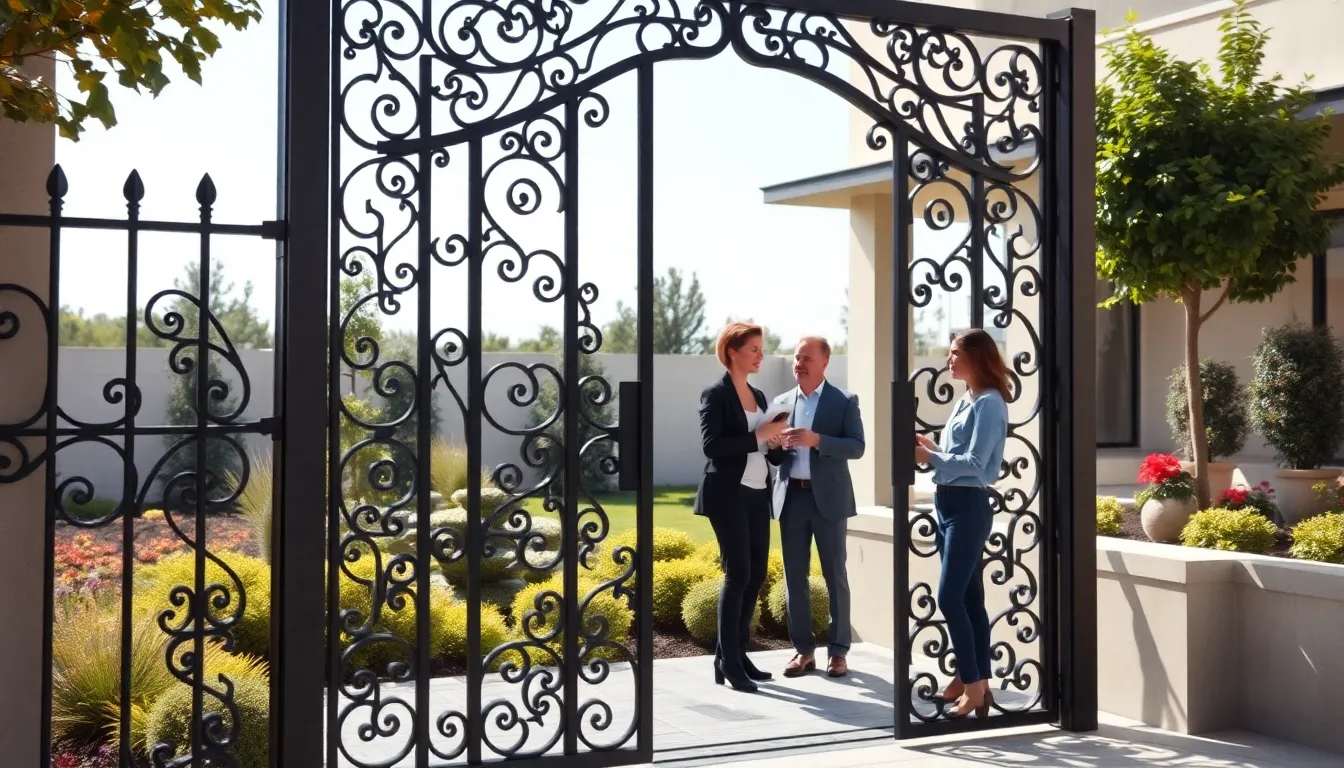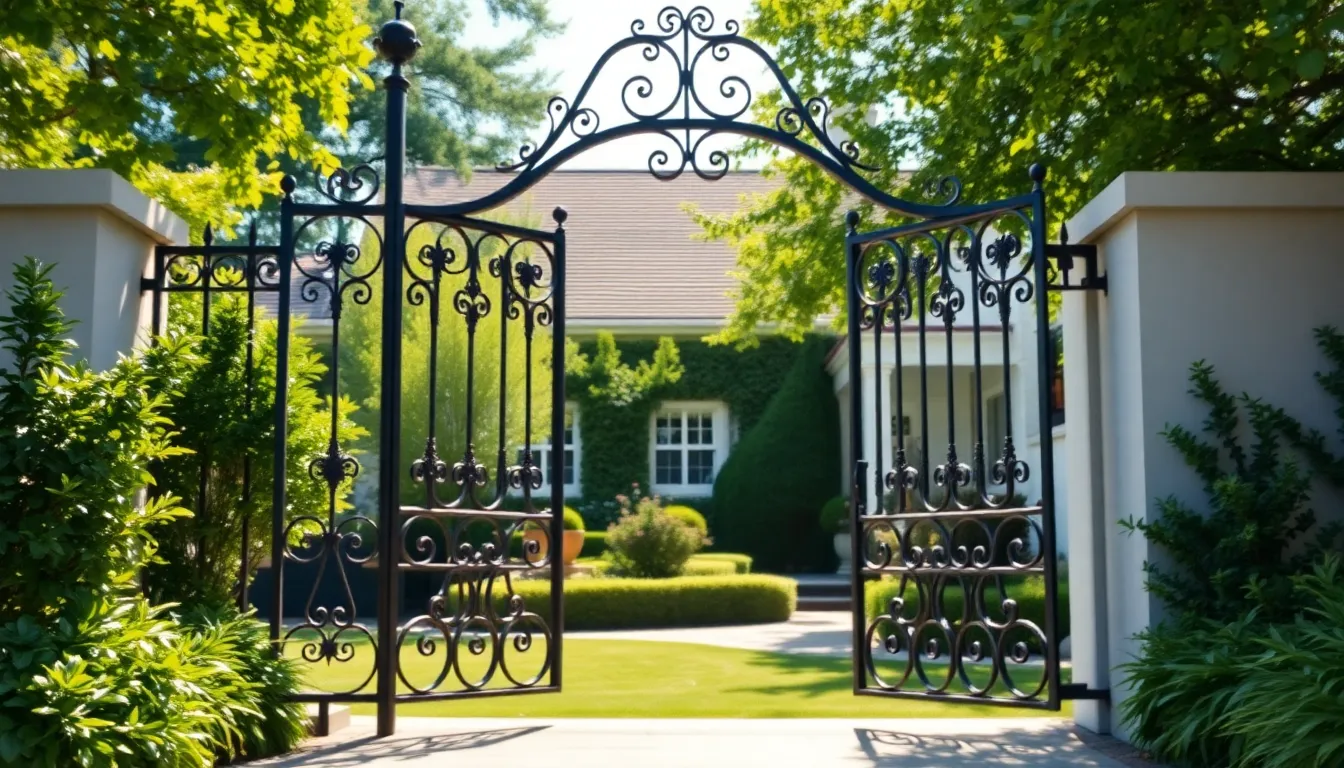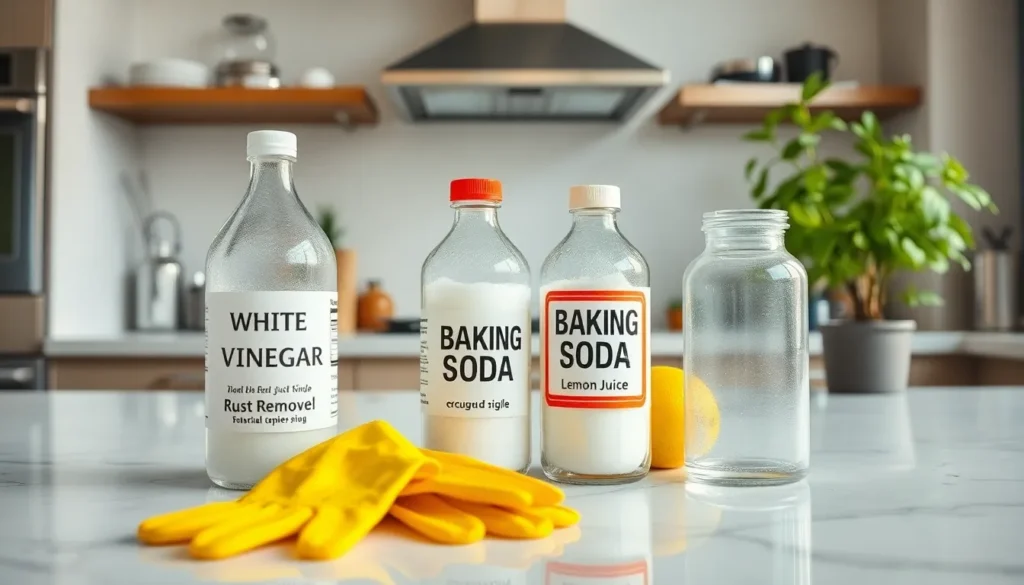Table of Contents
ToggleLet’s face it: the mere mention of rust can make anyone cringe. When it comes to wrought iron, many people don’t know if it’s a beautiful choice for home decor or a rusty disaster waiting to happen. Here’s the scoop: wrought iron can indeed rust. But fear not, this article will dive deep into the properties of wrought iron, what causes rust, and how to maintain your wrought iron beauties, because who wants to spend ages restoring a rusting fence? Stick around as we unwrap the truth about wrought iron rust, with a sprinkle of humor along the way.
Understanding Wrought Iron

Properties Of Wrought Iron
Wrought iron boasts unmatched strength and ductility, making it a favorite among architects and builders alike. Its fibrous structure distinguishes it from cast iron, giving it a unique ability to withstand impact. Also, wrought iron is relatively malleable, which allows it to be easily shaped into intricate designs. Its low carbon content also contributes to its resistance to cracking, but make no mistake, it is not wholly invincible.
Common Uses Of Wrought Iron
From stunning gates to ornate railings, wrought iron can be found in a myriad of applications. Homeowners often favor it for furniture and decorative features, appreciating its artistic potential. Also, it’s widely used in the construction of fences, balconies, and even garden structures. Its ability to withstand various weather conditions makes wrought iron an enduring choice, as long as rust doesn’t come into play.
Rust Formation On Wrought Iron
Factors Contributing To Rusting
Iron oxidation, or rusting, occurs when iron reacts with moisture and oxygen. This sounds somewhat romantic, right? Well, it’s not. The resulting iron oxide compromises the integrity of the metal, leading to unsightly and potentially dangerous situations. Even the strongest wrought iron can fall victim to this relentless foe.
Environmental Conditions
Weather plays a significant role in rust formation. High humidity, frequent rain, or exposure to salty air can accelerate the rusting process. For example, living near the ocean might seem idyllic, but that ocean breeze could speed up rust development on wrought iron fixtures. Moisture traps can also form in areas of wrought iron that are poorly designed, leading to faster degradation.
Chemical Reactions
Rust isn’t just a simple game of elemental interactions. Chemical processes involving pollutants, acids, and even certain cleaning agents can exacerbate rust formation. Wrought iron near industrial areas might be exposed to chemicals that speed up corrosion, acting like an unwelcome guest at an otherwise lovely party.
Preventing Rust On Wrought Iron
Protective Coatings
To combat rust, applying protective coatings can be a game changer. Paints, primers, and galvanization can shield wrought iron from moisture and oxygen intrusion. Using a high-quality paint specifically formulated for metal can provide that added layer of defense, giving wrought iron a fighting chance against rust.
Maintenance Practices
Regular maintenance can extend the life of wrought iron significantly. Keeping it clean and dry should be a top priority. A simple wipe-down with a dry cloth can prevent moisture buildup, while periodic inspections can help identify early signs of rust. And don’t forget to reapply protective coatings as needed, it’s cheaper than replacing rusted fixtures.
Dealing With Rust On Wrought Iron
Rust Removal Techniques
Should rust make a surprise appearance, not all hope is lost. There are various techniques for rust removal, ranging from simple scrubbing with soap and water to more intensive methods like sandblasting or chemical rust removers. For smaller spots, using a wire brush or sandpaper might just do the trick.
Restoration Options
If rust sets in deep, restoration becomes necessary. Applying rust-inhibiting paint can revive the appearance and integrity of wrought iron. In more severe cases, replacement of damaged parts may be essential. While it may seem daunting, professional restoration services can breathe new life into prized wrought iron fixtures, making them look as good as new.










